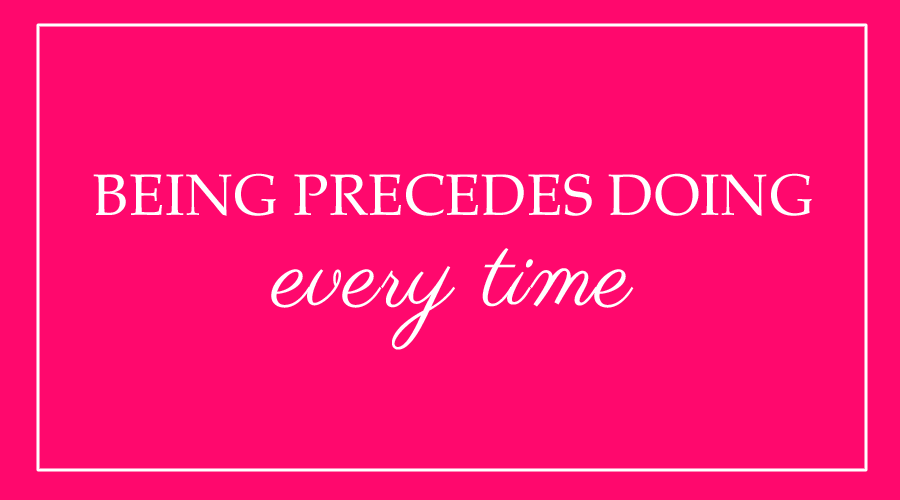
I didn’t think I was much for video games, until some cruel individual introduced me to Civilization 5. Said individual shall remain unnamed.
Basically, Civ 5 is about world domination. You play a great historical leader from any number of random countries around the world, and you start out at the beginning in 3000 B.C. with a single settler and one warrior <== read: guy with a rock tied to a stick.
Over the next several thousand years, you build your civilization, creating wonders of the world, developing new technology and eventually coming into the modern era with airplanes and, yes, nuclear bombs.
One technology got me thinking – replaceable parts.
We didn’t really have these until the Industrial Revolution, which was all about efficiency. It turned the world from a giant, natural organism into a mechanized system.
And it changed how we saw ourselves.
Before the Industrial Revolution, bodies were largely a mystery. Some rogues had done a few dissections in the name of medical study, so we had names and classifications for our muscles and bones and organs, but the animating forces behind them remained in the realm of mysticism.
While no one has definitive answers about consciousness, we’ve now turned from seeing ourselves as biological wonders to some sort of soft machine with parts that can be taken out, interchanged, replaced and maybe even, in the near future, upgraded.
So when you catch a glimpse of yourself in the mirror or see a photo from a recent family event, your belly pooched out, shoulders slumped and chin jutting forward like the bow of the Titanic, it’s only natural to think, “I’ve really gotta fix my posture.”
But, there’s a difference between fixing your posture and changing it. Subtle? Maybe. But it’s really important if you actually want results.
When we talk about “fixing” posture, we’re referring to an outside-in approach. We’re talking about strengthening muscles that might be weak, stretching muscles that might be tight, and using tension to hold your body into a rigidly defined ideal shape.
In short, we’re treating our body like a machine to be mastered and, ultimately, subjugated.
You will conform!
But conform to what? Our concept of what constitutes “ideal posture” is subject to question. Ideal for which purpose?
Changing your posture is a much more subtle art. Change happens at a much deeper level. It’s a shift from using extrinsic muscles to hold ourselves into a culturally defined ideal shape to allowing our bodies to use the most efficient movement for the task at hand.
In short, changing your posture happens at the subconscious level. It’s much deeper than a fix, which requires tension and focus to hold it in place. When you’re fixing your posture, it’s only good when you’re thinking about it. As soon as you forget to suck in your belly or pull your shoulders back, you’re slouching again.
Change is like installing a whole new operating system that runs in the background. When it senses discomfort, it runs an optimization scan to see where your body could be more efficient.
It’s about accomplishing more with less effort.
But before you can implement the Change Operating System in your body, you have to run a virus scan and see what’s not working.
This is a pretty simple procedure. It involves paying attention to your current felt sensations and identifying them.
Most people, when asked how they feel physically, will say, “Fine.” Unless they’re in pain. Then they say, “It hurts here,” while pointing to what hurts.
If you ask someone how something feels that doesn’t hurt, you’ll usually hear, “It’s fine, it doesn’t hurt.”
That’s how it doesn’t feel. But what does it feel like?
There are myriad sensations your body can feel (please note that “fine” is not one of them). A joint can feel stiff, sticky, filled with peanut butter. Or it can feel loose, oiled, fluid and open. A muscle can feel stringy, tight, short, tense, restricted or thick. It can also feel light, loose, limber, open, stretchy, bouncy and free.
If you want to start changing your posture, tap into the sensory information your body is sending to your brain in every waking moment. Change – real change, the kind that makes fundamental shifts in who and how you are – starts with awareness, not with doing.
Being precedes doing, every time.
[sc name=”ppfl-cta”]

Leave a Reply